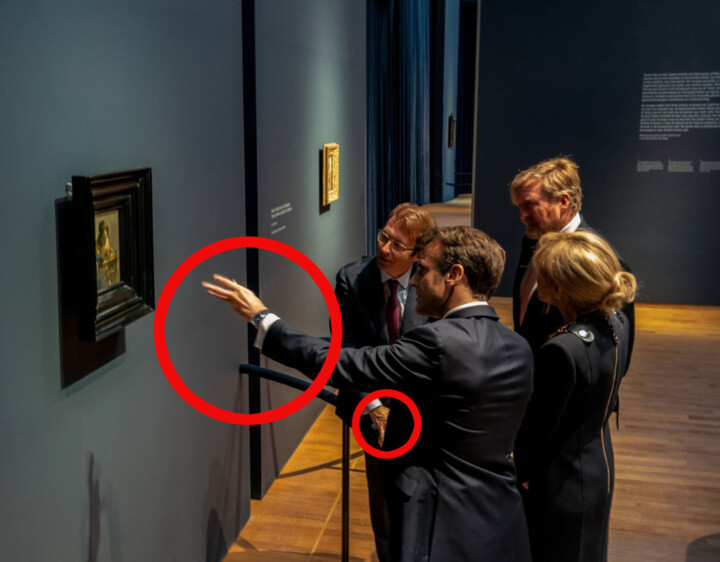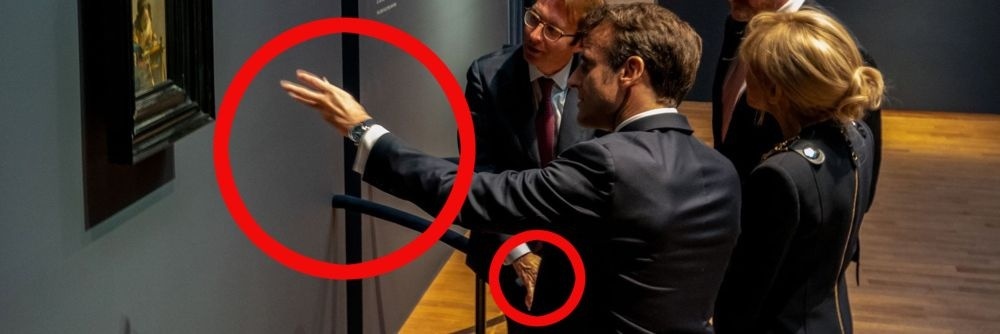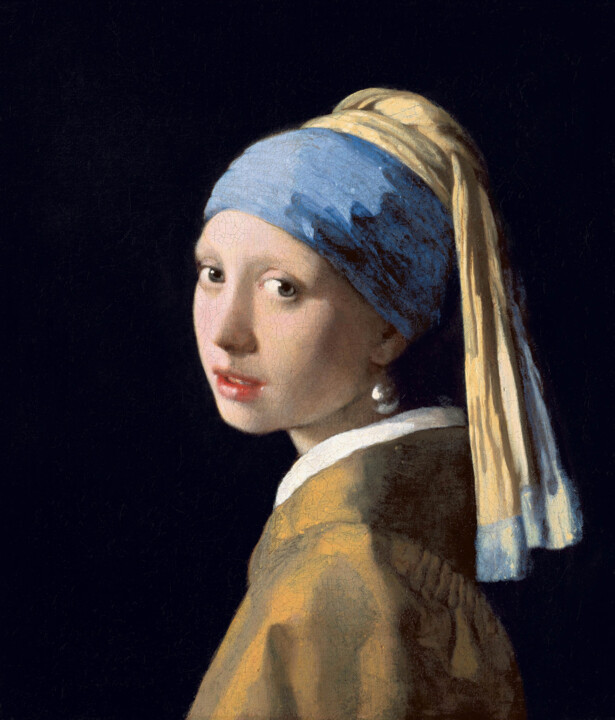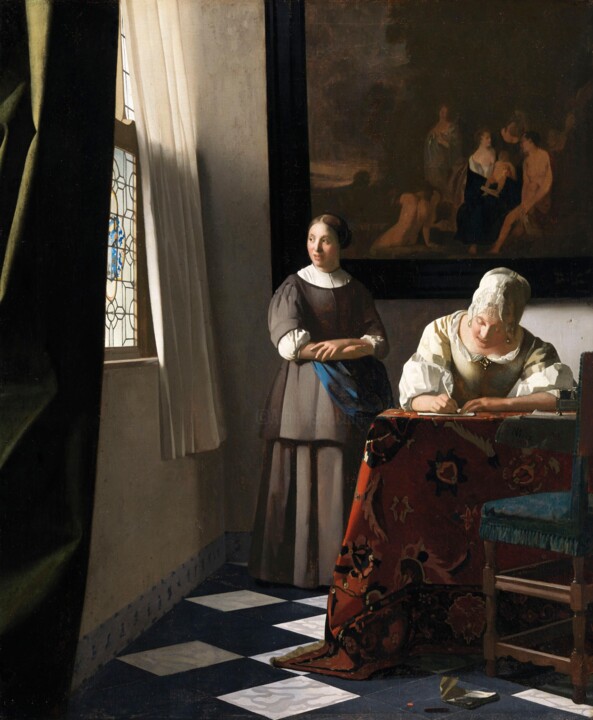 Photo published by the Rijksmuseum on its social networks @rijksmuseum
Photo published by the Rijksmuseum on its social networks @rijksmuseum
The President of the French Republic, Emmanuel Macron, made a two-day state visit to the Netherlands on Tuesday, April 11, 2023, which marks the first visit by a French president to this country for 23 years.
The Rijksmuseum in Amsterdam, the Netherlands houses a world-renowned collection of art and historical artefacts, including paintings by Dutch masters such as Rembrandt, Vermeer and Frans Hals. The flagship exhibition of the Rijksmuseum in Amsterdam presents 28 of the 37 known paintings by Vermeer. It is held from February 10 to June 4, 2023. All tickets were sold out in just a few days and on the black market they are trading at several thousand euros.
On April 13, 2023, the prestigious Rijksmuseum posted a photo on social media showing President Emmanuel Macron with his wife, Rijksmuseum President Taco Dibbits and Dutch King Willem-Alexander. But this photo is confusing. It looks like it was made by artificial intelligence.
Did Macron actually visit the Vermeer exhibition?
Programs like Midjourney which is an independent research laboratory which has developed an artificial intelligence program of the same name. This program is able to create images from text descriptions, thanks to a special chatbot on Discord. Midjourney is similar to popular tools such as DALL-E and Stable Diffusion, but differs in style and level of AI development.
However, these programs encounter difficulties in representing hands. Indeed, the representation of the hands in particular is a challenge for the AI, because their anatomy is very complex. Fingers come in different shapes and sizes, and should be depicted realistically for the hand to look natural. Even when the hands are in a "relaxed" position, information such as wrinkles and creases on the joints or shadows on the palms must be taken into account.
Due to the complex geometry of hands, there is no standard set of lines or shapes that the AI can recognize as a hand (yet). The AI has to compare many different shapes each time, and can sometimes even recognize more than six fingers. Also, there are about 30 points of geometric differences in the human hand, from the length and width of the fingers to the metacarpal bones and the carpal joints. In short, our hands are so complex and unique that their geometry could be an even more reliable biometric identifier than our face. AI software like Midjourney and dall-E are notoriously notorious for not doing their hands well.
The photo that the Rijksmuseum released shows an oddly shaped hand the length of the president's forearm. Which may suggest that the image was made by the AI. Looking at other photos of the French president, it does appear that these hands are normal.
 Detail of the hand of French President Emmanuel Macron
Detail of the hand of French President Emmanuel Macron
More disturbingly, the hand of the president of the Rijksmuseum Taco Dibbits born in 1968, resembles that of a very wrinkled and misshapen “Hobbit”. But on the photo of his profile on Wikipedia, his hands look normal. Is he present during this visit or did this Rijksmuseum create a fake photo?
 Detail of the hand of Taco Dibbits, president of the Rijksmuseum
Detail of the hand of Taco Dibbits, president of the Rijksmuseum
Doubts about a Vermeer painting at the exhibition?
Experts have announced that the attribution of one of the four paintings by Vermeer held at the National Gallery of Art in Washington, DC has been withdrawn. This decision ends a decades-long debate over the author of the painting, but also raises new questions about the life of the Dutch master. The Girl with a Flute was not painted by Johannes Vermeer, but historians told a press conference that it was done by someone who had extensive knowledge of Vermeer's techniques. This revelation contradicts the idea that Vermeer was working alone.
However, the Rijksmuseum maintains its own opinion that it is a painting by the Dutch master, saying it is "attributed to Johannes Vermeer" in the museum's catalogue. Head of Paintings and Sculptures Pieter Roelofs said the two galleries had agreed not to agree at this time, but further research during the exhibition could change everyone's mind.
At the time of publication, the Rijksmuseum has not yet responded to our request for comment.


 Selena Mattei
Selena Mattei





